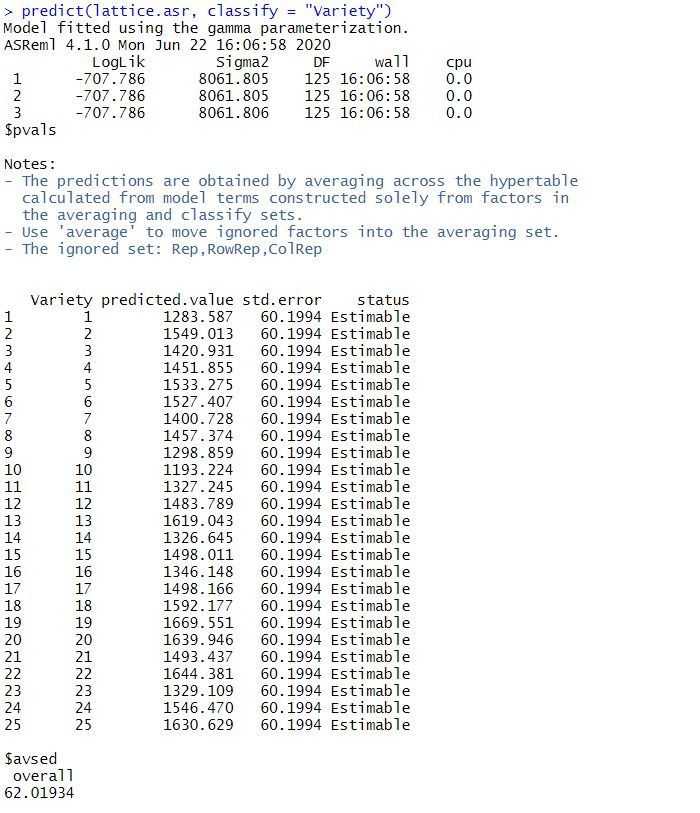

In this context, genebanks are encouraged to maximize the reuse of both phenotypic and genotypic data by the implementation of the FAIR principles referring to: Findability, Accessibility, Interoperability, and Reusability 20. Recently, a method for the exploitation of germplasm based on genomics was proposed 19. However, leveraging genetic resources of public germplasm collections is still a challenge due to the lack of phenotypic information and the high investments required for the systematic characterization of plant material 9, 18, 19. This variation could potentially boost selection gain in plant breeding to increase both yield potential and sustainability and to facilitate adaptation to global change 16, 17. For instance, genebank collections represent a rich source of unexplored trait variation which is absent in public and private breeding programs.

Germplasm collections are an outstanding resource of genetic diversity for research and plant improvement. In the case of barley, more than seven decades of major efforts have resulted in about half a million ex situ accessions worldwide 13– 15. In addition, the availability of a high quality reference sequence of the barley genome, well established protocols for genome editing and elaborated approaches for genomic selection will greatly benefit barley breeding in the future 7– 11.Įstablishing germplasm collections has involved assemblage and preservation of the existing allelic diversity and their utilization 12, 13. For this and many more reasons barley has become a model organism in cereal genetics and genomics 7. Barley has a diploid genome and its 7 chromosomes represent the base genome of all Triticeae species. While winter type barley needs vernalization for flowering stimulation, spring type barley does not require it 3. In terms of crop adaptation barley can be classified into two distinct gene pools: winter and spring type 4– 6. The main end-uses of barley are brewing, feed, and food production 3. Among them, barley ( Hordeum vulgare sp.) is the fourth most produced crop 2. Cereals are staple food and a valuable source of nutrients around the world 1.


 0 kommentar(er)
0 kommentar(er)
